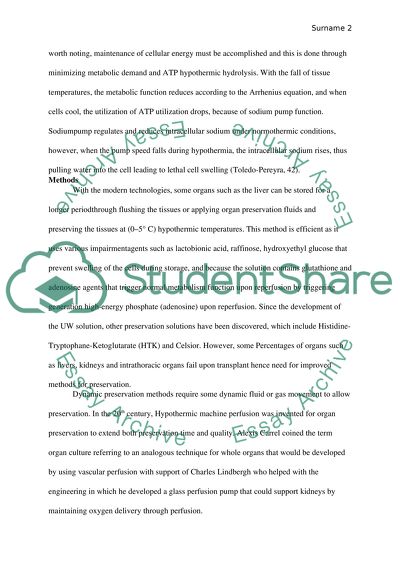Cite this document
(“Preservation of Organs for Transplant Research Paper - 1”, n.d.)
Preservation of Organs for Transplant Research Paper - 1. Retrieved from https://studentshare.org/family-consumer-science/1488215-preservation-of-organs-for-transplant
Preservation of Organs for Transplant Research Paper - 1. Retrieved from https://studentshare.org/family-consumer-science/1488215-preservation-of-organs-for-transplant
(Preservation of Organs for Transplant Research Paper - 1)
Preservation of Organs for Transplant Research Paper - 1. https://studentshare.org/family-consumer-science/1488215-preservation-of-organs-for-transplant.
Preservation of Organs for Transplant Research Paper - 1. https://studentshare.org/family-consumer-science/1488215-preservation-of-organs-for-transplant.
“Preservation of Organs for Transplant Research Paper - 1”, n.d. https://studentshare.org/family-consumer-science/1488215-preservation-of-organs-for-transplant.


